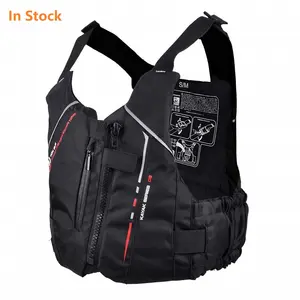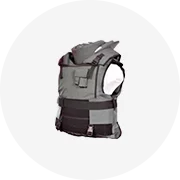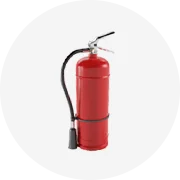Popular in your industry
















Top categories
About air breathing apparatus 300 bar scba
A Comprehensive Guide to Air Breathing Apparatus 300 Bar SCBA
The air breathing apparatus 300 bar SCBA is a critical component in the realm of respiratory protective equipment. Designed to provide clean air in environments that are immediately dangerous to life or health (IDLH), these self-contained breathing apparatus (SCBA) systems are a lifeline for firefighters and industrial workers.
Understanding the Air Breathing Apparatus
SCBAs are sophisticated devices that comprise a high-pressure tank, a pressure regulator, and an inhalation connection, fitted with a mouthpiece or a full-face mask. The 300 bar SCBA denotes the pressure at which the tank is filled, offering a higher capacity for air compared to lower-pressure models, thus ensuring longer operational times for users.
Types and Applications
Different types of SCBAs are tailored for various applications. From emergency response to hazardous material handling, the self-contained breathing apparatus is essential. Its versatility extends to confined space work, where toxic gases or oxygen-deficient atmospheres may be present.
Features and Materials
Key features of the 300 bar air breathing apparatus include durability, ergonomic design, and ease of maintenance. Materials used in construction are chosen for their strength and resistance to heat and chemicals, with common choices being reinforced aluminum or carbon fiber for the air cylinders.
Advantages of Using 300 Bar SCBA
The primary advantage of a 300 bar SCBA is the increased air supply, allowing for longer duration tasks in hazardous environments. Additionally, advancements in technology have led to improvements in comfort and reduced user burden, enhancing safety and efficiency.
Choosing the Right SCBA
Selecting the appropriate breathing apparatus involves considering the specific needs of the intended application, including duration of use, environmental conditions, and the physical demands on the user. It is crucial to ensure compatibility with other protective equipment and to adhere to relevant safety standards.
Incorporating these elements into the selection of an air breathing apparatus will aid in safeguarding the well-being of users across a multitude of hazardous environments.












